An age-old landmark, Bogota’s Paloquemao market does not take its historic place in Colombia’s capital lightly. Its battle to stay relevant alongside countless megastores and Bogota’s colossal wholesale marketplace, Corabastos, has been well-fought, and it still remains one of the most special food sites in the city. Renovations and upgrades to what used to be a gritty city block have now left the market a clean, open, and welcoming space. The market has nevertheless maintained competitive prices and a wide appeal that makes it a shopping site for a wide cross-section of local residents, ranging everywhere from restaurant owners to socialites. Paloquemao presents the perfect mix of old and new Bogota. Whether a shopper is looking for modern staples like organic beansprouts or for the hearty ingredients in tripe soup, this dynamic city space is unlikely to disappoint.
That said, getting to Paloquemao’s market stalls is easier said than done. The market is near the city’s congested, but charming, old center, and any visitor will likely brave several of Bogota’s infamous traffic jams—traffic can come to a standstill even at five in the morning, when the market is at its prime and the city’s earliest commuters are starting to leave their homes. Although dawn has just broken, the market’s salespeople have been hard at work for hours, and vendors managing the flower stalls outdoors are doing brisk business. Even here the jarring contrasts that characterize Colombia are evident: elegant roses, one of the most iconic Colombian exports, fight for attention with the magnificent tropical Birds of Paradise plants grown only hours away; stately bouquets worthy of a chic residence stand side by side with small arrangements destined for street stalls, dyed in strong hues and adorned in metallic wrapping worthy of a Pop Art sculpture. The Paloquemao experience therefore starts even before stepping inside; amongst the chaos of flowers, foliage and trucks, attendants from nearby stalls brisk-walk with trays of steaming Café con Leche, or shots of tinto, a bitter coffee drink of choice for locals, diluted in unfathomable amounts of milk. Steps away from the produce stalls, breakfast nooks offer hot Pan de Yuca, hollow buns made with yucca flour and carrying a distinctive crunch, and Almojabanas, a fluffy concoction of maize flour and fresh local cheese. Salespeople and customers alike occasionally stand idle, sipping their scalding cups as a retort against the morning chill and observing the constant motion around them.
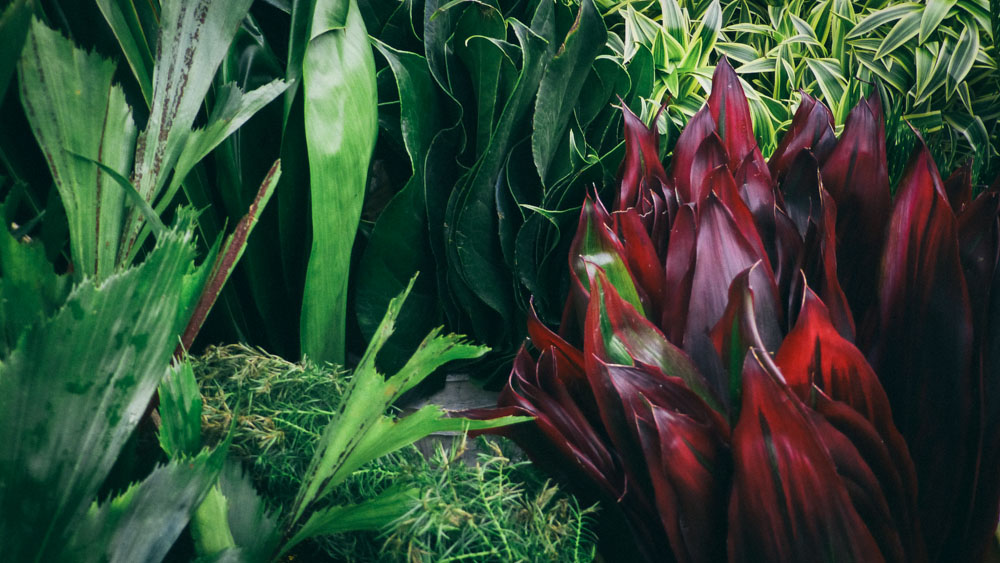
Paloquemao’s selection is emblematic of a rapidly globalizing Colombia. Finding the myriad chilies and spices of nearby culinary heavyweights Peru and Mexico is a given. From the aji Amarillo, a canary-yellow chili vital to making to making the mashed-potato timbale Causa Limeña, to the ears of dried purple corn used for ruby-tinted Chicha Morada, a typical Peruvian drink, enough searching will get the seasoned shopper ingredients for prized cuisines from across Latin America. Recently, even a decidedly American taste for health foods has travelled south, and a few specialized stalls sell organically grown lettuces and crisp, green alfalfa sprouts. This would have been unfathomable just a few years ago, when vegetarians and health aficionados were often at odds to find out where, much less how, their produce was grown.
Business in nevertheless more busy in the adjacent stall, where vegetables alien to most Colombians cater to a steadily growing clientele: the Chinese community. Originating from the coastal area near Cali where Asian migration has increased drastically over the last years, domestically grown leafy greens and other emblems of Chinese cuisine are starting to be sold across the country’s big cities. The Chinese population in Colombia remains small (especially in comparison to countries like Peru, where some estimates say 15% of citizens have Chinese ancestry), and although fusion with local cuisine is still in its nascent stages, sites like Paloquemao are pushing Colombians to integrate Chinese colors, flavors and textures into their palates. Unavoidably, the results of these first experiments in growing Asian vegetables are not ideal: the bok choy is so large that its stems look better suited to reinforce worn heels, the Japanese eggplant laments myriad nicks and bruises, and the long beans, although probably still brilliant in a stir-fry, look far paler than their Chinese counterparts. Still, in a country whose location and restrictive trade walls meant that even canned food and packaged sweets were once considered prized items, such progress show how Colombia is reversing its past insularity.
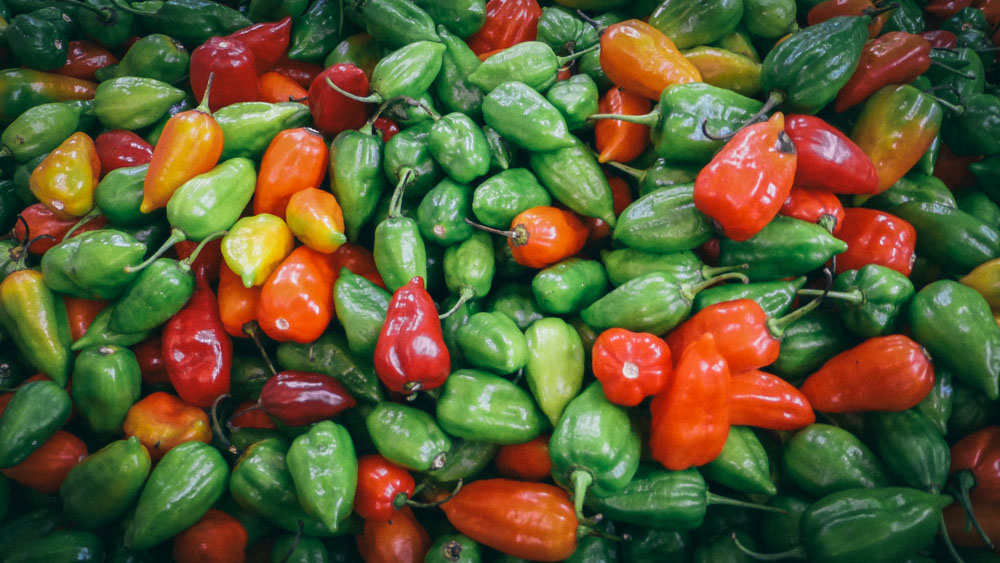
Of course, typical Colombian fare takes precedence here: potatoes, the local staple, come in all shapes and sizes, from the golfball-shaped Papa Criolla, whose size and consistency makes it the perfect snack fried and rolled in coarse salt, to the Pastusa, whose starchy consistency is ideal for thickening soups made for chill Bogota evenings. Even when it comes to regular market fare, do not expect bland sights— Colombian produce is full of eccentricities. Bogota’s location in a plateau amongst the Andes Mountains makes it one of the world’s most elevated cities. This means that fruits and vegetables take peculiar and unexpected forms, and that few of the breeds that make immaculate-looking produce the world over are capable of adapting to these unusual climactic conditions. Carrots come out looking stunted and comical, and to the uninitiated the cilantro looks dark and wilted. Appearances are deceiving — the cilantro is hearty, fragrant and more resilient under heat than the commonplace variety, perfect for the slow-cooked dishes that abound in Bogota fare; the green, blotchy oranges for sale secretly pack a refreshing, acidic taste that meatier varieties abroad would find hard to imitate. Even a nation constantly looking abroad for culinary, and often cultural, influence knows how to appreciate the patent otherness of its local fare. The challenges of agriculture here may mean that Colombia will always be behind on fads like kale and kumatos, but Paloquemao is testament to how many culinary treasures the nation also keeps to itself.
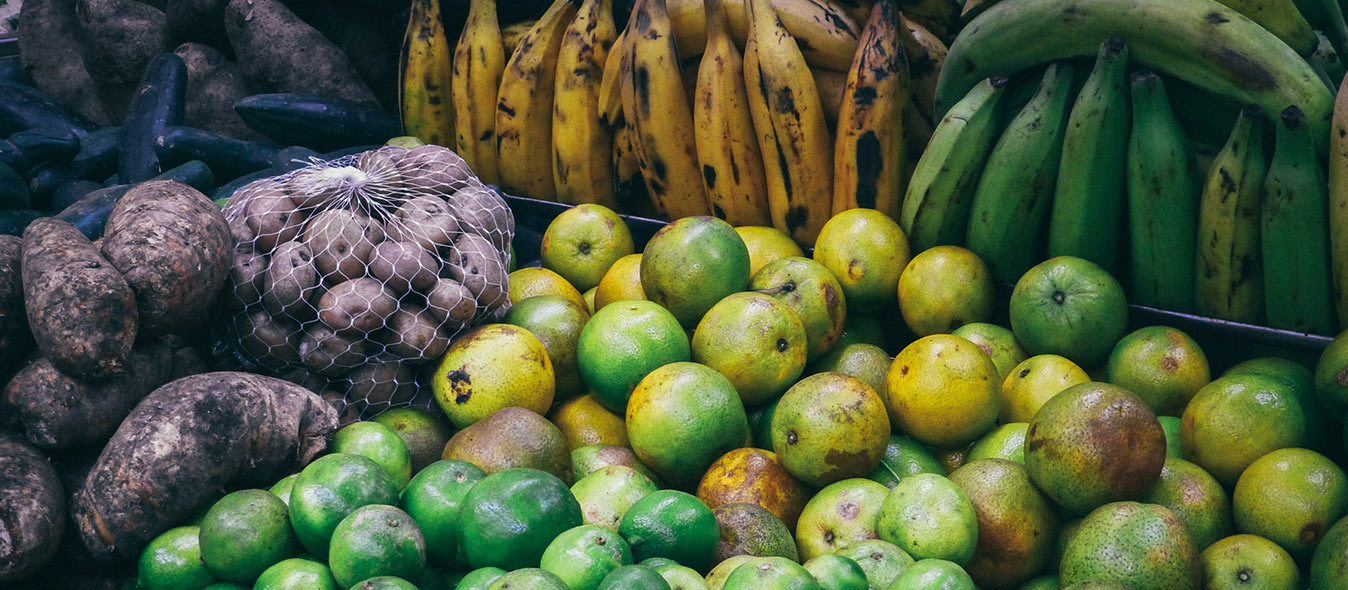
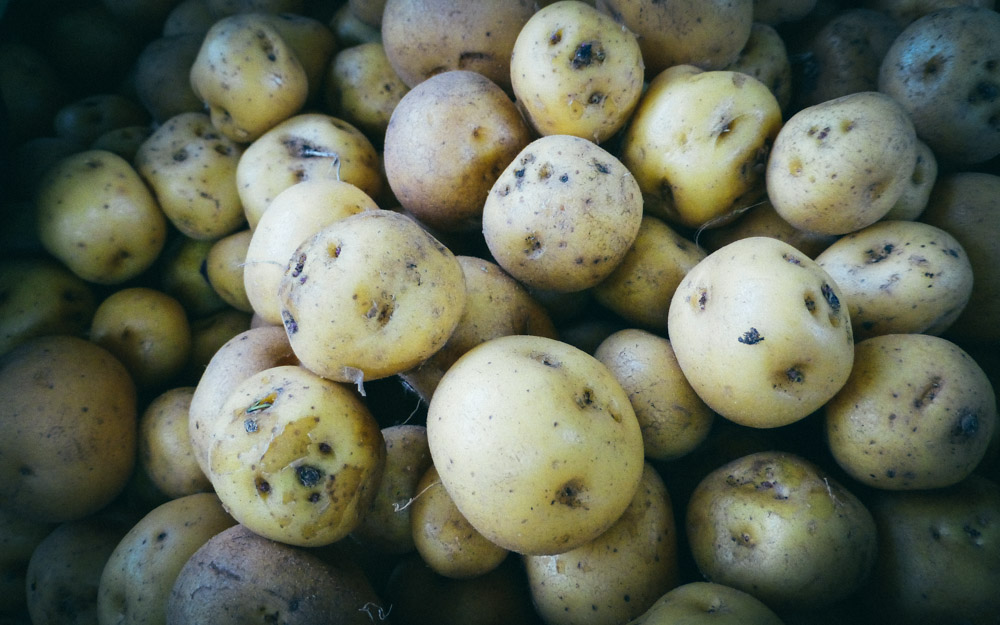
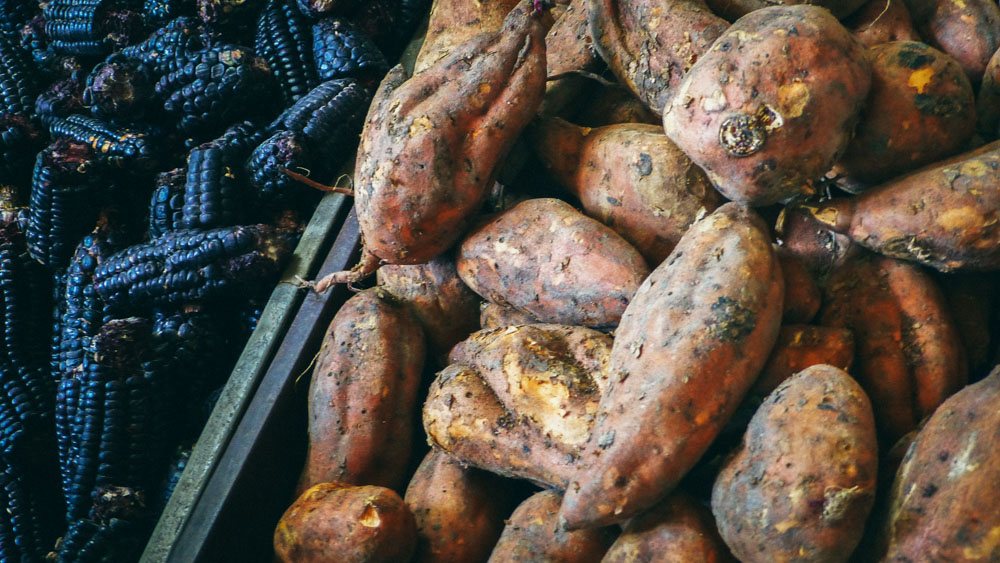
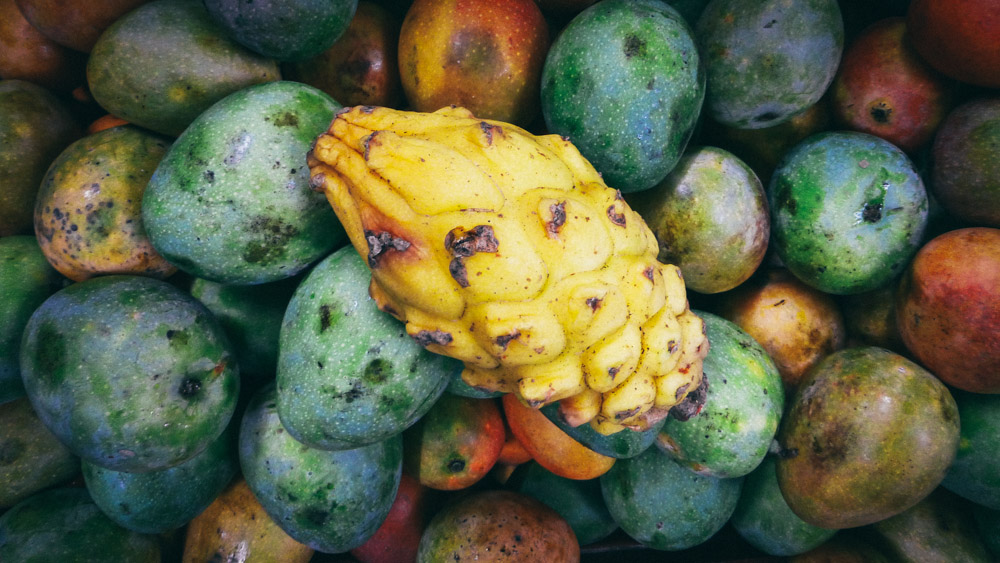
What many Bogotanos still have trouble appreciating, though, is the region’s fish. It is difficult to get fresh catch brought in through either Colombia’s Pacific or Caribbean coasts, meaning that most of Bogota’s seafood is frozen and imported from nations like Chile. Locals have accustomed themselves to chewy, precooked prawns of a unsettling sizes, as well as insipid fish fillets, at the few times when they might put fish is on the dinner menu. Although the typical pre-frozen selection is available at Paloquemao, it definitely does not take center stage. Instead, sweetwater varieties from local sources, like the pargo rojo and the bocachico, shine in all their local splendor. The immaculately kept stalls have this catch as fresh as it gets, alongside neat piles of pescado seco, the Colombian version of the salted codfish more commonly known as bacalhau. In traditional Bogotano repertoire, these fish are used to make hearty and rich stews, casseroles and fritters, more often than not putting more focus on the fishes’ flavor than on its texture. Changing tastes in Bogota mean that this sort of local fare is more likely to be seen in a dusty family cookbook than on the dinner table, but this trend is slowly starting to reverse as Bogota chefs reengage old palates slowly lost to of foreign food trends.
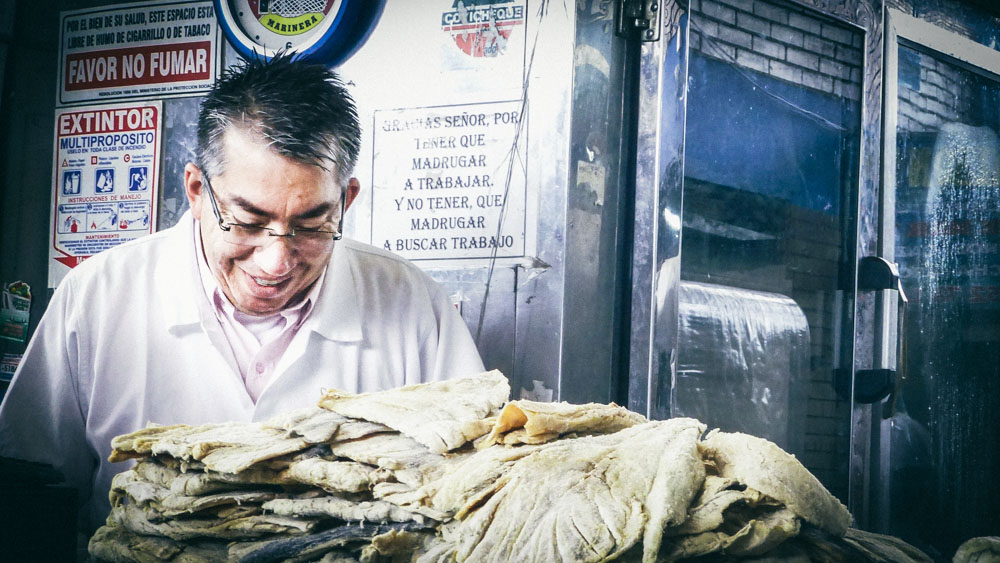
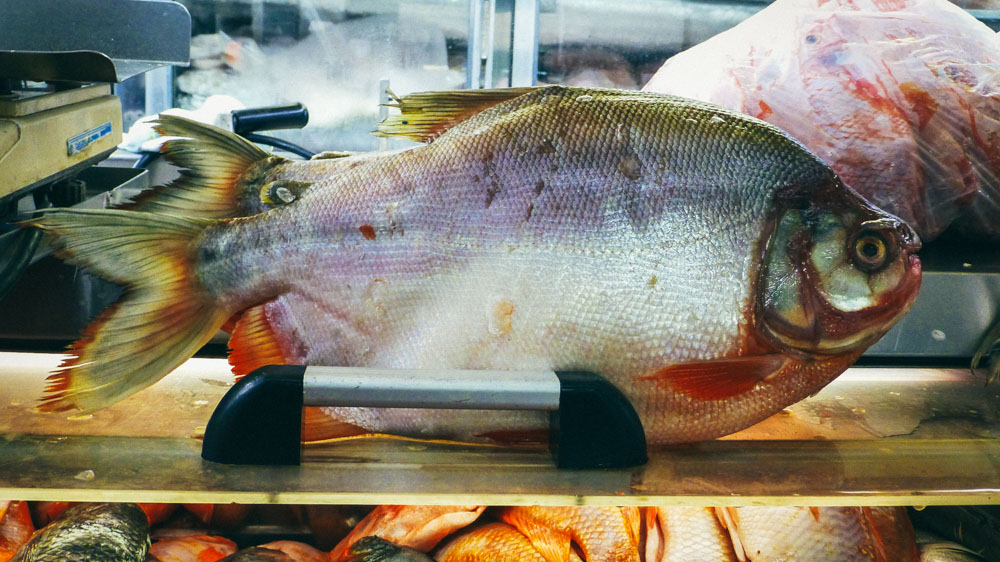
Paloquemao market conjures the balancing game that Colombia will play in the coming years. On one end, it must continue to modernize and bring what is still a largely impoverished populace closer to the standard of living that some Bogotanos enjoy. Along with foreign investment, the nation will increasingly attract foreign mentalities and cultures, bringing its big cities into the global food circuit. Fads like tapas, ramen and farm-to-table will increasingly challenge conceptions towards local classics, many of which have already left family and restaurant repertoires. Paloquemao nevertheless shows that Colombian cuisine can fight back with a wealth of flavors and territorial specificity no less relevant than the regional cuisines of any other country. As long as Bogotanos are willing to brave morning traffic for unbeatable produce and now-rare local treats, the allure of the sterile megamarkets that set up shop next door to Paloquemao will not spell the end for a surprisingly nuanced culinary tradition.







Our comments section is for members only.
Join today to gain exclusive access.